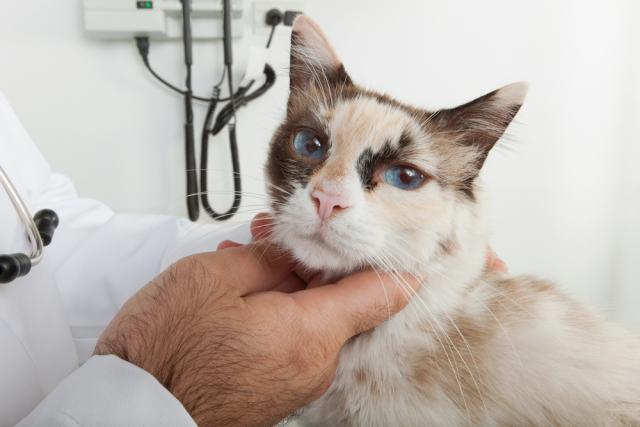neoplasia in cats nose
Neoplasia or nasal polyps. In cats the most common nasal tumor is nasal lymphoma.

Canine And Feline Nasal Tumors
A total of 324 cats diagnosed with nonocular melanocytic neoplasia were identified electronically to provide information on signalment and tumor location.

. The mean age at time of diagnosis is 9510 years for dogs and 12 years for cats. Etiologic factors include exposure to smoke indoor kerosene or coal combustion and flea spray. Male with a male-to-female ratio of 21.
Kittens and cats in shelter and boarding situations are more susceptible to contracting acute viral rhinitis. The viruses that cause rhinitis are highly contagious. Cat nose swollen by abscess When the cat has an abscess on their face we can see considerable swelling.
Slow to spread to local lymph nodes and lungs. Primary mass destroys turbinates and causes local nasal signs nasal discharge epistaxis sneezing erodes nasal septum to affect both nasal chambers erodes frontal and palatine bones to invade surrounding soft tissues facial deformity epiphora. In cats there is an indication that inflammation of the mucous membrane lining the nose or one of the paranasal sinuses may be the trigger that leads to a growth in the nasal cavity.
A nasal tumor is a type of cancer that results from the disorganized uncontrolled production of cells that line the nasal airway. The incidence in dogs is twice that in cats. Symptoms of nasal cancer in cats can remain concealed for as long as five years until the disease presents itself as a serious threat.
In all cats with neoplasia a mass was detected rhinoscopically while this was only seen in 30 of cats with ICRS. 1 - 36 median 5 months. Read customer reviews best sellers.
In healthy cats and cats with FURTD Moraxella spp. In dogs the most common nasal tumor is nasal adenocarcinoma. The abscess may have swelling under the skin but a wound may appear when it breaks through the skin.
High individual variability was observed. Eyelid and conjunctival tumors are the most frequent primary ophthalmic neoplasms. Ad Browse discover thousands of unique brands.
Cats with discharge from one nostril bleeding andor difficulty of breathing are more likely to have a tumor than other type of disease. Ocular neoplasms are less frequent in cats than in dogs. Tumors of the nose and paranasal sinuses account for 12 of all canine or feline tumors.
The rate of metastasis at presentation in dogs and cats has ranged from 0-125. Final diagnoses in these cats were rhinitis in 27 primary nasal neoplasia in 21 and non-nasal disease in 16. Nasal adenocarcinomas originate from the glandular cells eg sebaceous glands in the nasal cavity.
Conclusion This study demonstrates that the nose of cats is inhabited by much more variable and diverse microbial communities than previously shown. A nasal tumor is a type of cancer that results from the disorganized uncontrolled production of cells that line the nasal airway. Benign polyps and leiomyoma rare are reported also.
Tumors of nasal cavity represent approximately 1 of all tumors in dogs and less common in cats. Lymphoma often B-cell adenocarcinoma undifferentiated carcinoma leiomyosarcoma carcinoid mast cell tumor gastrointestinal stromal tumor GIST and extramedullary plasmacytoma have been reported. Treatment of Gastrointestinal Neoplasia in Cats Hospitalization and support as needed such as fluid therapy or blood transfusions Surgical resection removal which is the treatment of choice Surgical debulking removing as much as possible to help improve clinical signs Chemotherapy Radiation therapy Dietary manipulation Home Care.
Nasal tumors are primarily locally invasive and infrequently metastasize. Slow to spread to local lymph nodes and lungs. Incidence is also higher in males of both species than in females.
Sex predisposition in cats. The majority of nasal tumors are malignant. Said swelling is due to the accumulation of pusIt is common for this phenomenon to cause facial and nasal swelling in the cat.
Gastric neoplasia is not common in the cat and non-lymphoid tumors are rare. 10 years although cats with non-epithelial tumors may present at an. However the probability of malignancy is higher.
Was the most common genus while it was unclassified Bradyrhizobiaceae in cats with nasal neoplasia. Cats with neoplasia were older 3 - 15 median 11 years and showed clinical signs for a shorter period of time 1 - 8 median 2 months than cats with ICRS age 1 - 13 median 75 years. Nasal tumors occur most commonly in the nasal cavity with secondary extension into the frontal and other paranasal sinuses.
Unlike the symptoms of liver. Nasal tumors are primarily locally invasive and infrequently metastasize. These signs can include nose bleeding discharge difficulty breathing sneezing facial swelling facial deformity due to growing mass eye discharge weakness andor weight loss.
Histologic features were evaluated in 141 neoplasms in which FFPE tissue or HE-stained sections were available and outcome data were able to be obtained in 79 cases. 10 years although cats with non-epithelial tumors may present at an. Radiographic signs in cats with nasal disease Radiographic signs in 64 cats that had radiography as part of the diagnostic work-up for suspected nasal disease were reviewed in a blinded fashion.
These neoplasms are usually malignant and more difficult to treat in cats than in dogs. Older cats might develop the conditions from dental disease or neoplasia which is the growth of abnormal tissue. The signs with highest predictive value f.
My Cat Has Nose Cancer Diagnosed 5 Years Ago Does It Hurt R Cats

Nose And Sinus Cancer Squamous Cell Carcinoma In Cats Petmd

Nasal Squamous Cell Carcinoma In A Cat Treated With One Session Of Download Scientific Diagram
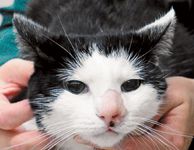
Canine And Feline Nasal Tumors

Nose Cancer In Cats Causes Symptoms Treatment All About Cats

Diseases Of The Feline Nasal Planum Vet Focus
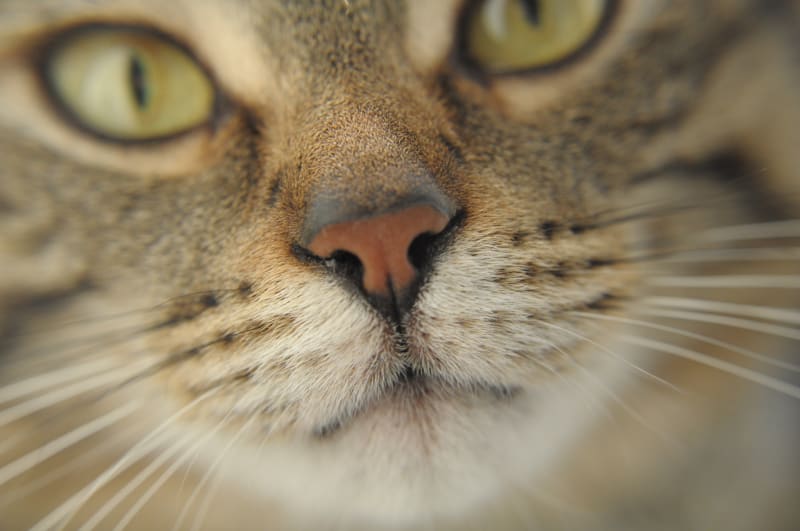
How Do I Know If My Cat Has A Nasal Tumor Long Island Vets
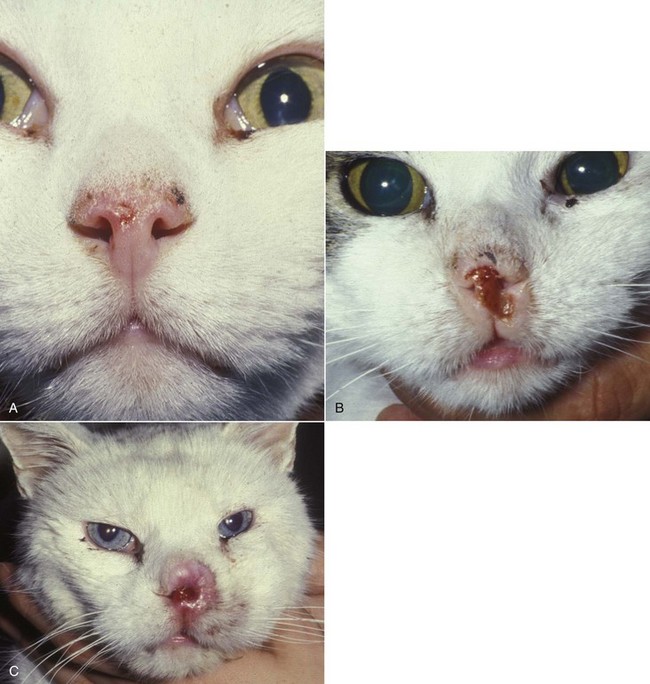
Tumors Of The Respiratory System Veterian Key

Facial Distortion And Epiphora In A Cat With A High Grade Large B Cell Download Scientific Diagram

Learn About Nasal Cancer In Cats Petcure Oncology
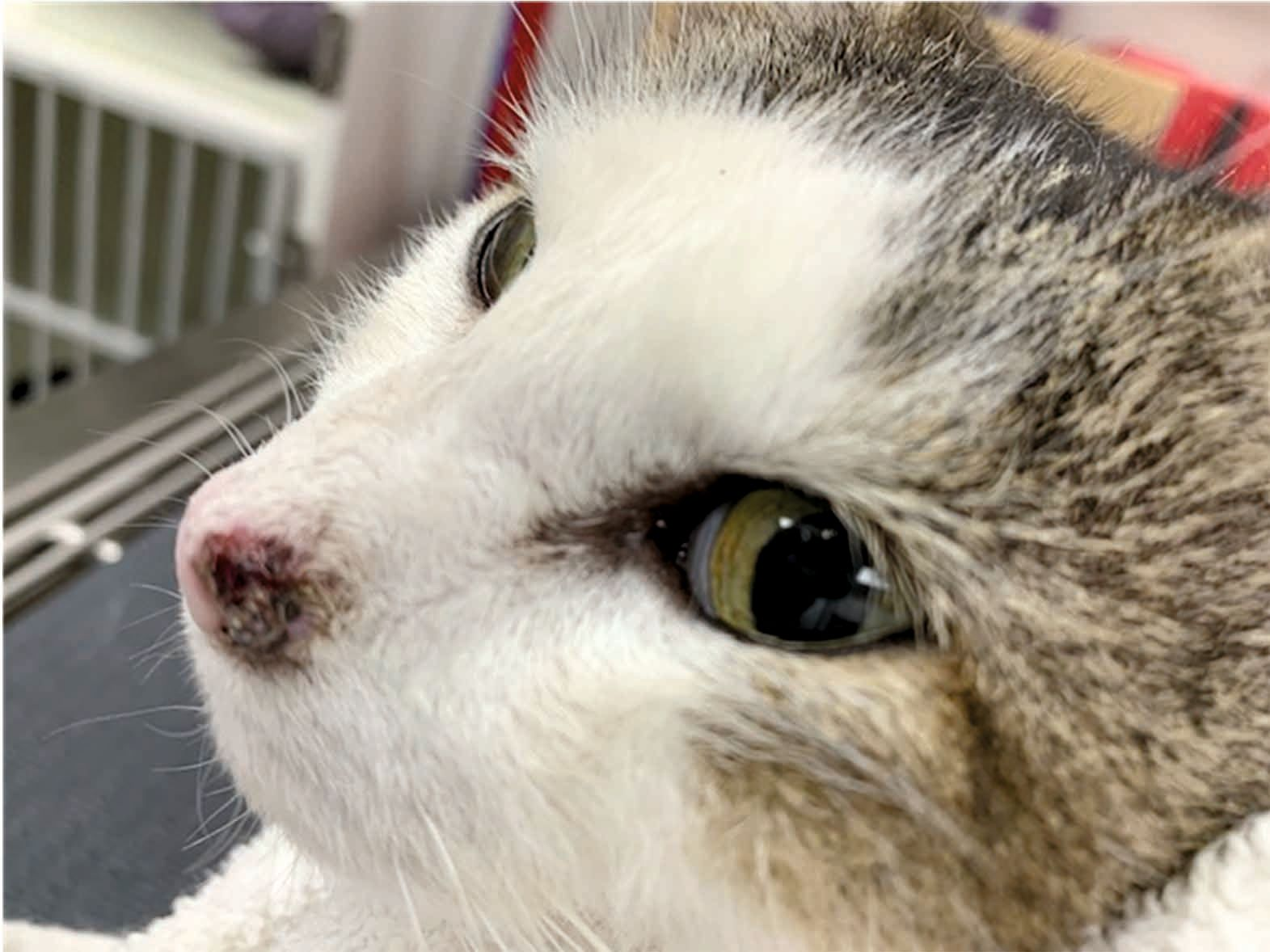
Diseases Of The Feline Nasal Planum Vet Focus

Nasal Squamous Cell Carcinoma In Cats Veterinary Partner Vin

Nose Cancer In Cats Causes Symptoms Treatment All About Cats
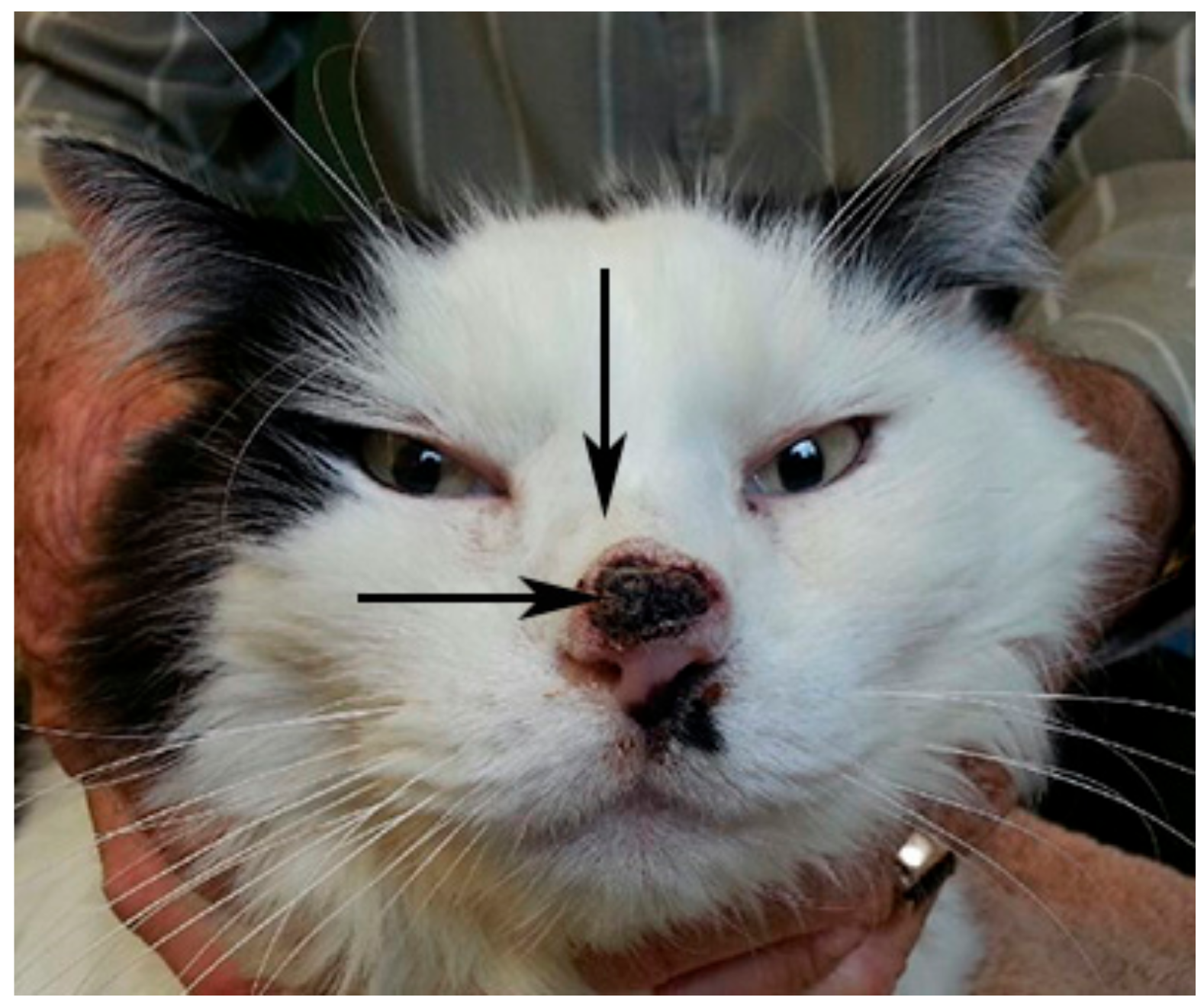
Viruses Free Full Text Identification Of A Novel Papillomavirus Associated With Squamous Cell Carcinoma In A Domestic Cat Html
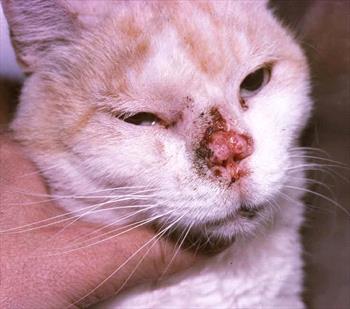
Nasal Squamous Cell Carcinoma In Cats Veterinary Partner Vin

Cat 7 Squamous Cell Carcinoma On Nose Stage T4 Two Sessions Of Download Scientific Diagram

Cat 6 Squamous Cell Carcinoma On Nose Stage T2 One Ect Session Download Scientific Diagram
